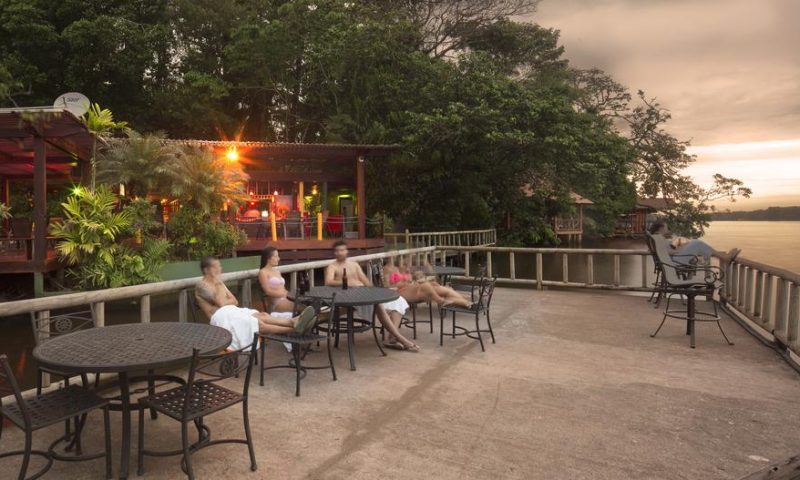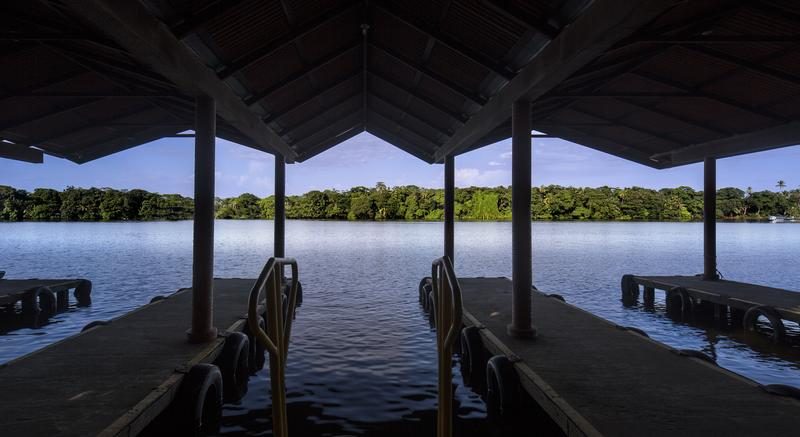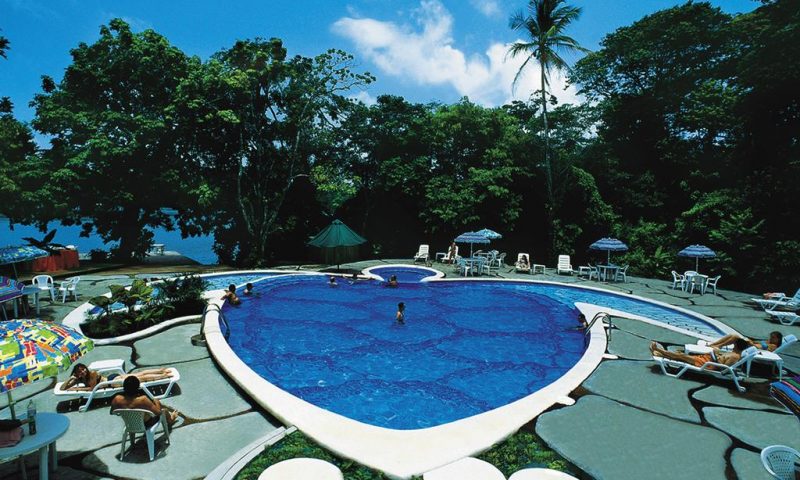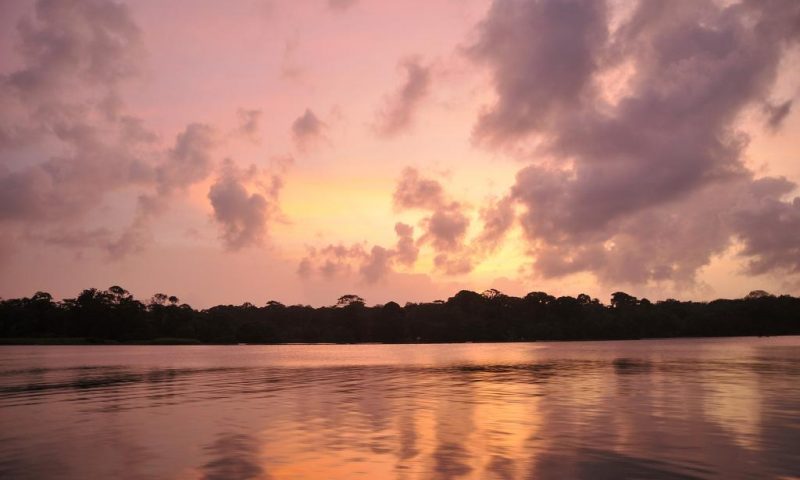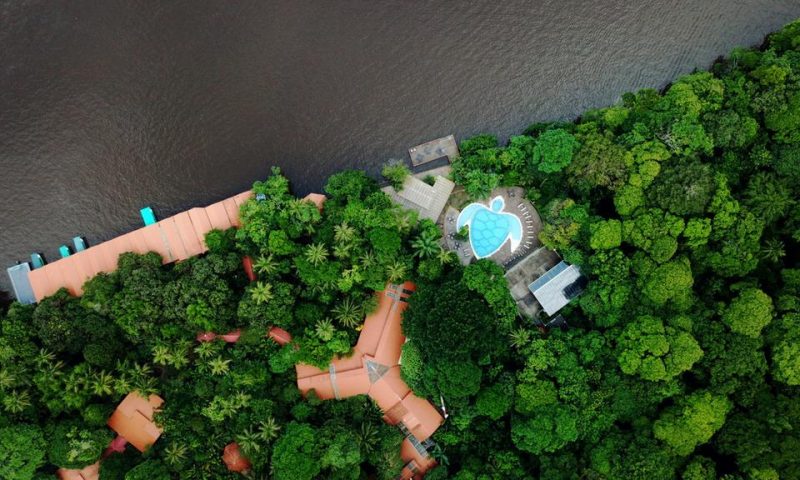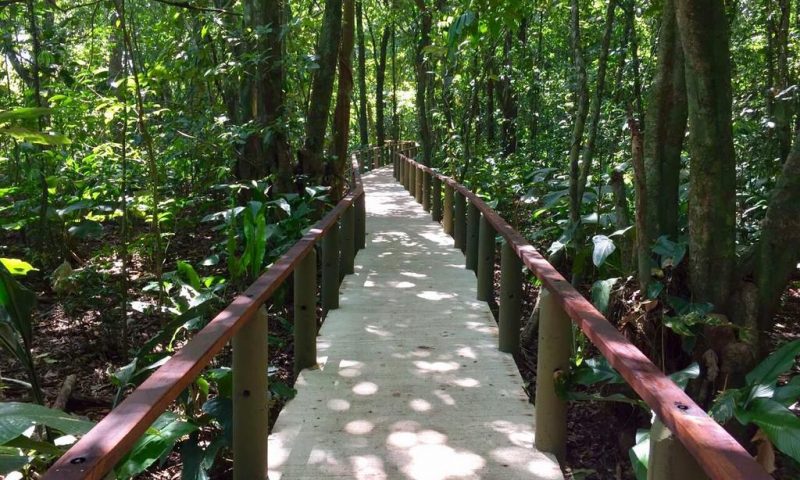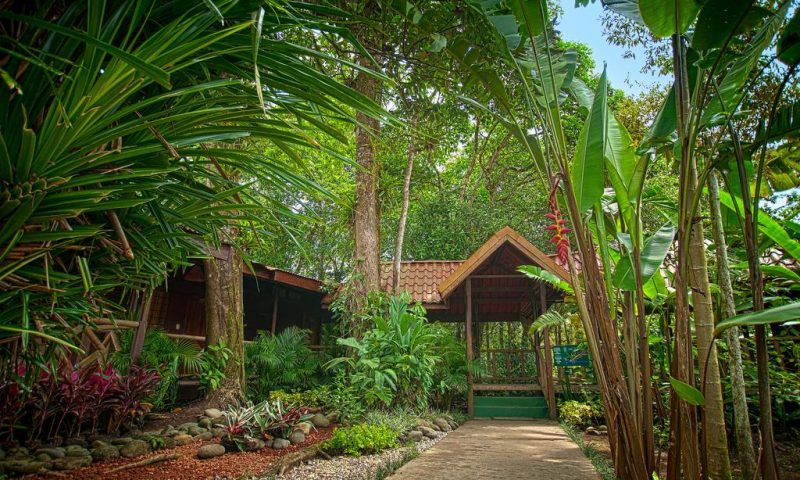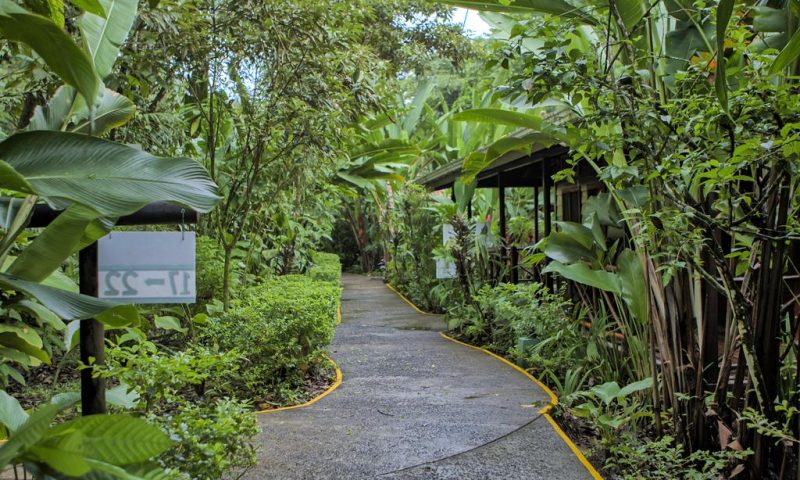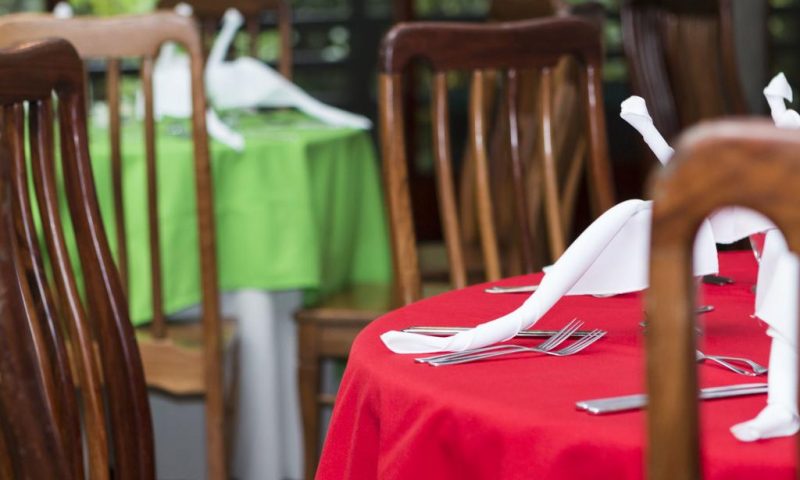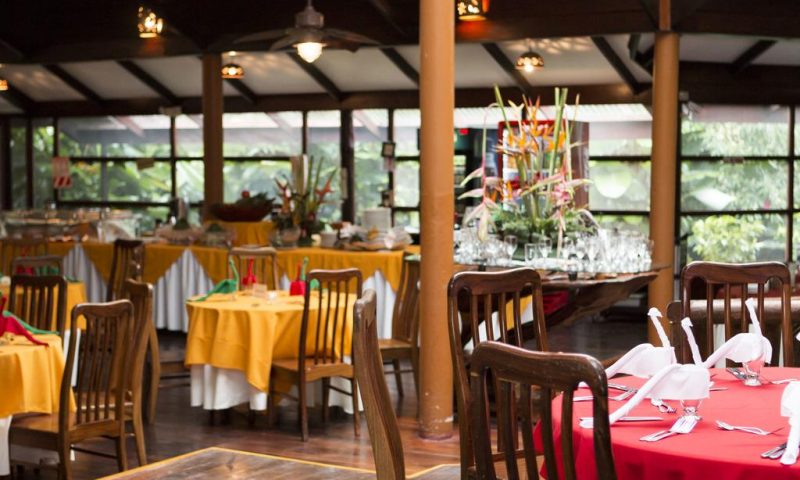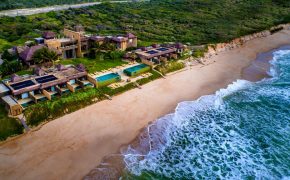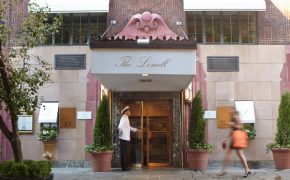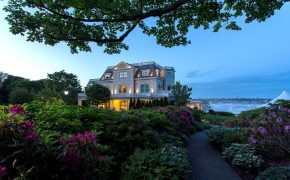The Pachira Lodge Costa Rica is strategically located only 5 minutes away from the extraordinary Tortuguero National Park, and right across the main “canal” facing the town of Tortuguero.
Surrounded by a network of very scenic canals, this is considered one of the most exotic regions of the world, characterized by its rich in flora and fauna.
Vision
Being models of quality and leadership we will be the preferred option in the region of Tortuguero; committed to sustainable development and environmental awareness that will generate a positive impact on the community, the environment and our customers.
Integrity
Work for the legality in search of the strength and coherence with our values and principles. “Do the right thing all the time and encourage others to do the same.
Excellence
It is essential for our progress to provide added value, a quality service always oriented to the client, making the effort to know and understand their needs, offering a personalized service. “The best advertising is what satisfied customers do”.
Leadership
The key is a proactive attitude with the ability to push, in the ability to “think in the future”.
Team work
All thought, planning, decision and action are best when done cooperatively. In this way, “none of us is as good as all of us”.
Authenticity
It is crucial to make a difference with respect to our competitors, driven by passion, discipline, quality and flawless execution in what we do.
Communication
It is the basis on which trust is built and this is fundamental to establish and maintain good relationships based on mutual respect, which involves the commitment of aligning facts with words, listening to different opinions and communicating in an open manner and sincere
Harmony
We are guided by the principle of giving more than what we receive, seeking a balance between economic development, social responsibility and the commitment to minimize the impact of our operations on the environment.
Tortuguero National Park
Tortuguero is the most important area of the Caribbean Midwest where the green tortoises (chelonian Mydas) come to lay their eggs. Other species of sea tortoises that also lay eggs along the canal of the park are Carey and Baula.
The green tortoise is of medium size, with long fins that can reach up to one meter long; adult green tortoise can weight from 75 to 200 kg. It is an herbivorous animal.
A characteristic of these tortoises is that they travel in large groups to mate in places away from their regular feeding areas. The topography of the Park consists of a large alluvial swamp, formed by the union of deltas that flooded part of the ancient canals of Nicaragua.
The alluvial plains are only broken in the west by the 300 meters height Sierpe peak that resulted from the remains of a small archipelago of volcanic source that used to exist in the area.
The plains correspond to quaternaries alluvial deposits formed during the last millions of years. Tortuguero, is one of the rainiest regions of the country (between 5000- 6000 mm. year) and it is one of the wild areas that shelter the biggest biological variety of the nation. 11 habitats where identified so far in the park.
The forest is the most important area of the coastline where coco palms are abundant (Coco Nucifera) and plants such as the berma (Gramineos and Cyperaceous), as well as Santa Maria (Calophyllum Brasiliense).
The swamp forest main plants are the wild Tamarind, Cativo (Prioria copaifera ), and the black palm (Astrocaryum Stadleyanum ); the forest of holillo is mostly formed almost exclusively by the Palm of Holillo (Raphia Taedigera);swamps of herbaceous plants that grow up to two 2 meters high, among those are: Palm of Suita (AsterogyneMartiana); y Portorrico (Cyclanthus sp.) as well as communities of aquatic plants, specially the Water Jacinth, (Enchorial Crassipes), Ferns (Salvinia Sprucei) and the Hidrocotile Mexican.
The water Jacinth develop so profusely that can make difficult the passage of boats.
Some of the anura (frogs) that live in the park are: Smoking frog (Leptodactylus, Pentadactylus) quite abundant in the brooks of the park, Glass Frog (Centrolenella Valerioi) their interior organs can be seen through its see-trough skin, Poison- Dart Frog (Dendrobates Pumilio) of poisonous skin.
Among the birds that are protected in the park are: the Green Guacamayo (Ara Ambigua), Graitel Guaco (Crac Rubra), Vulture (Cathartes Aura), Common Black Falcon (Buteogallus Anthracinus), White-collar Jacobin (Florisuga Mellivora), Montezuma’s Oropéndola (Psarocolius Montezuma). Spectacular migrations of birds that nets in the coasts of North America can be seen during the whole year in this area.
Those channels are an excellent observation location to catch sight of the different species of aquatic birds.
Flora and Fauna
In Tortuguero National Park there is a very high biodiversity. In it we can find more than 400 species of trees and approximately 2,200 species of other plants, thanks to the great variety of environments, including the following: the typical coastal vegetation of the Caribbean, with species such as beach grape and the icaco. The coconut tree, a species native to India is also common.
Behind the sandy coastline forest grows on flooded or marshy land. There it is common to find trees such as the sangrillo, the cant, the Hawk and the poponjoche.
In flood-prone areas grows the palm of yolillo, getting to form deep forests known as yolillales. In places with deeper water floating vegetation can be found, mainly the water lily and aquatic ferns.
In areas with non-flooded soils, such as Lomas de Sierpe, with heights of up to 311 m, grows the majestic and very humid Tropical Forest, with an average annual precipitation is close to 5,000 mm.
This forest has an extraordinary diversity of flora; among the most characteristic trees, we can see the pilon, the canfin and the mountain jicaro.
In the park there is a large variety of wildlife, including mammals in danger of extinction, such as the jaguar, the ocelot, tapir (which is the largest of the tropical jungles of America animal), manatee, the tayra, the sloth, and three species of monkeys, among others.
In addition, there are 405 species of birds, about half of which are in Costa Rica, and more that can be found, for example, in the European territory. This diversity is repeated in amphibians and reptiles, fish and insects. One of the main attractions of the Park is the spawning of sea turtles, and especially the green sea turtle.
The four species which breed in the Caribbean and who come to lay their eggs on the beaches of the Tortuguero National Park are: the leatherback turtle, which is the largest of the sea turtles, green sea turtle, which is second in size and the most abundant in the Tortuguero National Park, the loggerhead turtle or loggerhead and hawksbill turtle, which is the minor size and very persecuted as its shell is used in crafts, by what are urged not to buy products from tortoiseshell.
Walk on the beach & admire the green turtles nesting
Tortuguero is considered the most important place in the western Caribbean for the Green Turtle nesting. The green turtle nesting is one of the most interesting natural phenomena.
The process, is considered the most critical period in the biological cycle of the turtle since the females have to go to the beaches in large quantities and during more or less fixed times . These concentrations and the difficulty of travel on the sand, make these species very vulnerable to man and other predators.
That is the reason why the Tortuguero National Park is interested in the protection of these marine species. There is no doubt this is an experience that you should not miss when visiting the Tortuguero area during the months of July through October.
Spa Services
We as pioneers in the Tortuguero area provide innovative and relaxing techniques for your body, spirit and soul. We offer spa packages for different types of needs not only individually, but also as couples in / outdoor so that you may benefit from this paradise while you are enjoying our service.
Body Treatment-Chocolate Deluxe
It includes exfoliation a wrap with the product appropriate given your skin s need ( chocolate, coffee, grape, mud, algae ) followed by a warm shower to remove the product then the procedure will be finished with a relaxing 40 minute massage.
Every massage includes: aromatherapy, music, therapy, and oil essence produced from plants grown organically.
Canopy Tour
The only Canopy located in Tortuguero with more than nine years of experience. Our Canopy allows all family members to go from tree to tree in a safe and exciting tour along Tortuguero’s tropical rainforest. Recommended from 5 year old children and up. Good health condition required
Sea Turtle Nesting Tour
Tortuguero is considered the most important place in the western Caribbean for the Green Turtle nesting. The green turtle nesting is one of the most interesting natural phenomena.
The process, is considered the most critical period in the biological cycle of the turtle since the females have to go to the beaches in large quantities and during more or less fixed times. These concentrations and the difficulty of travel on the sand, make these species very vulnerable to man and other predators.
That is the reason why the Tortuguero National Park is interested in the protection of these marine species. There is no doubt this is an experience that you should not miss when visiting the Tortuguero area during the months of July through October.
